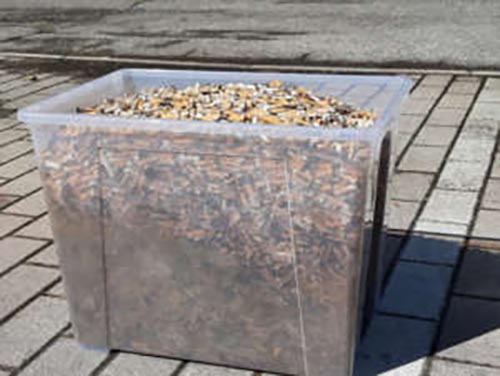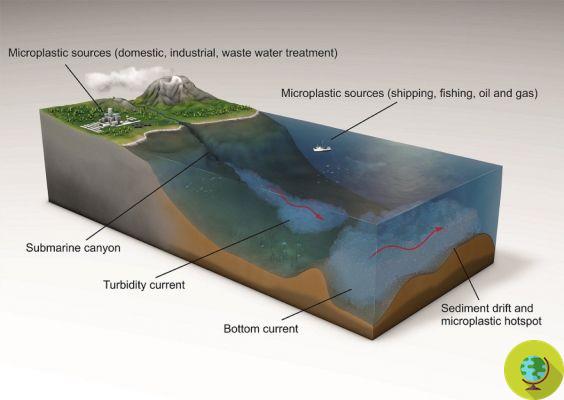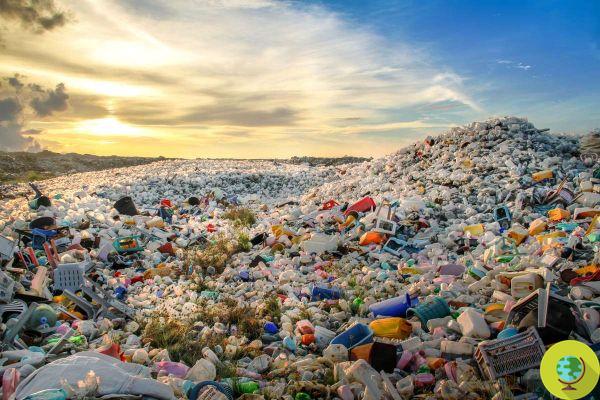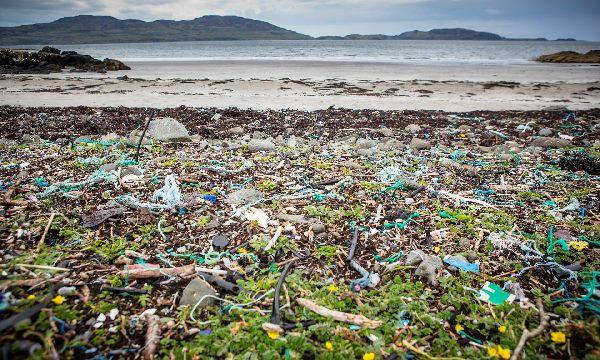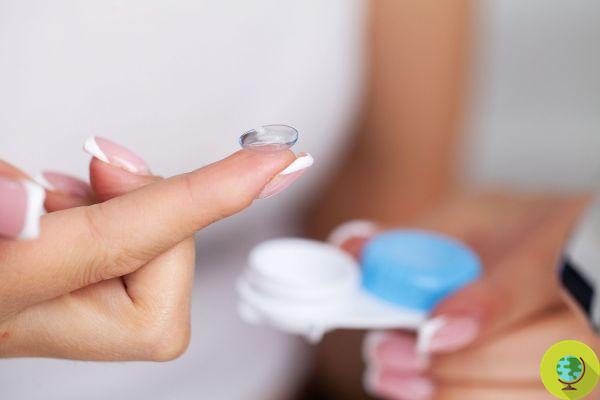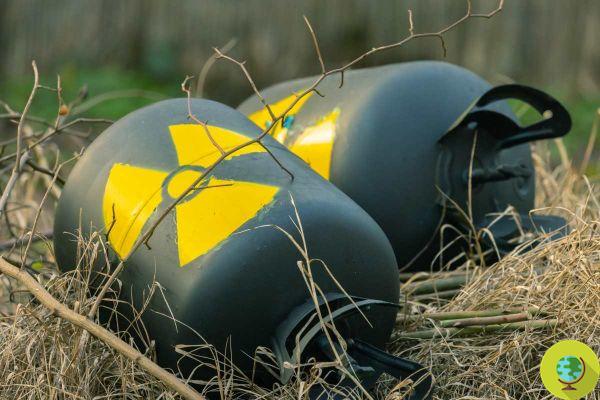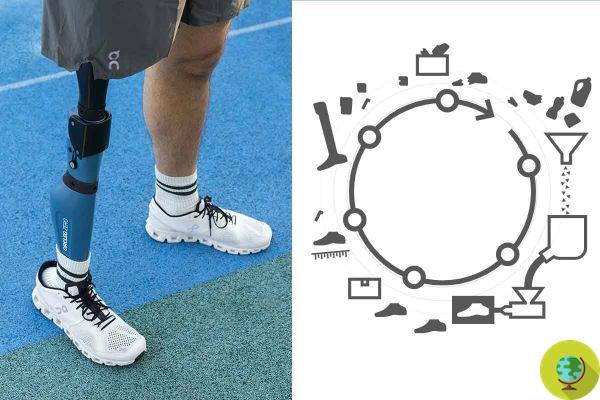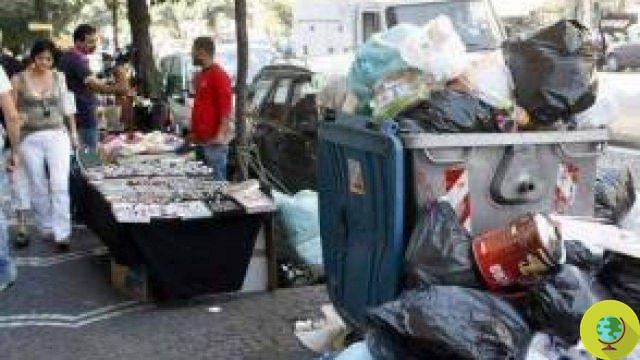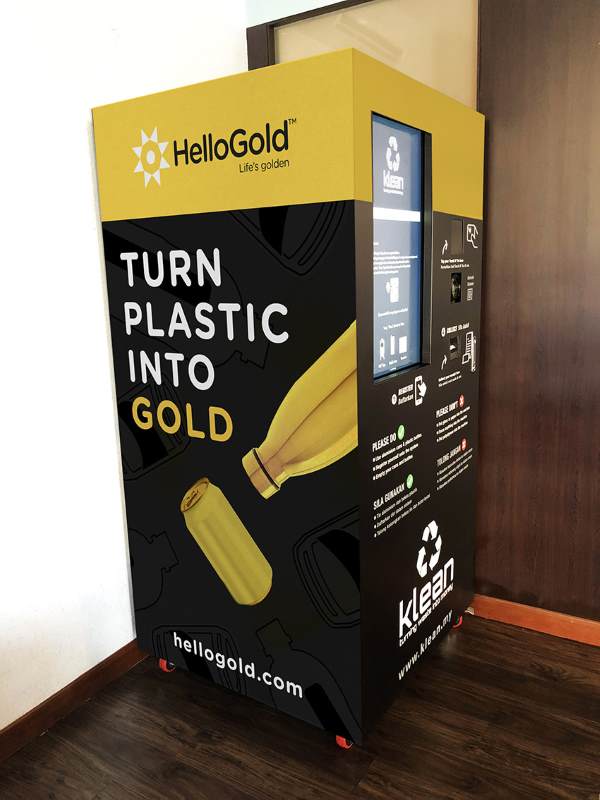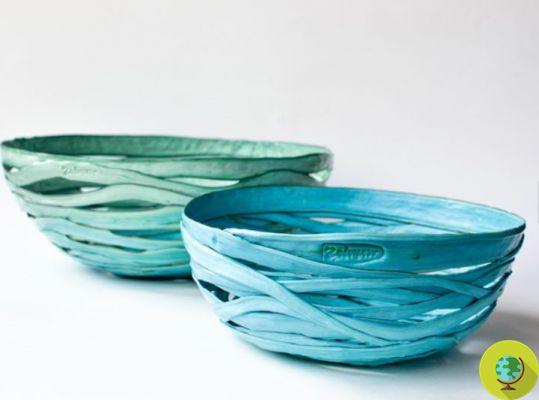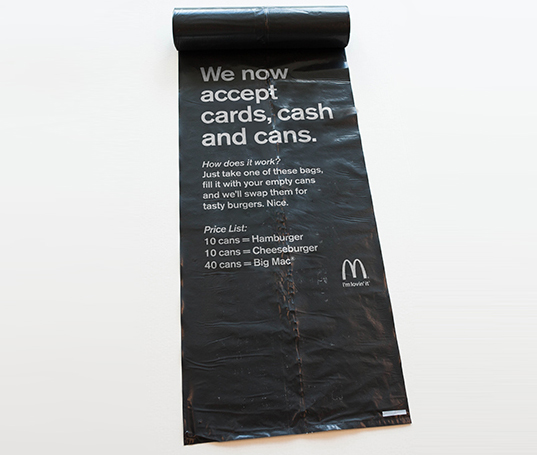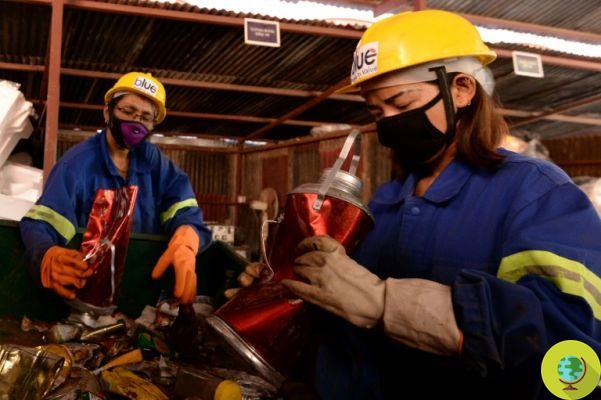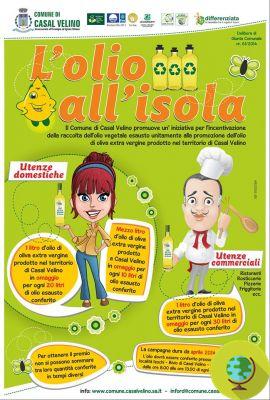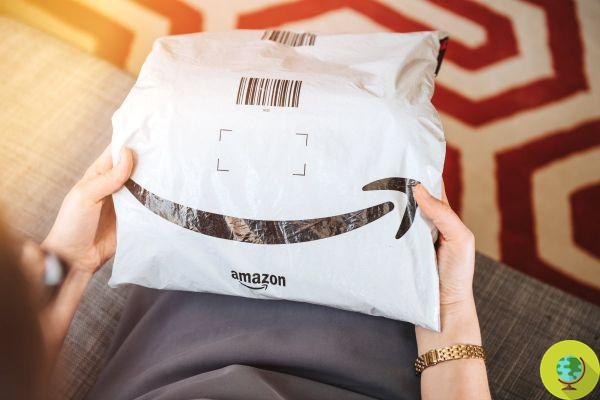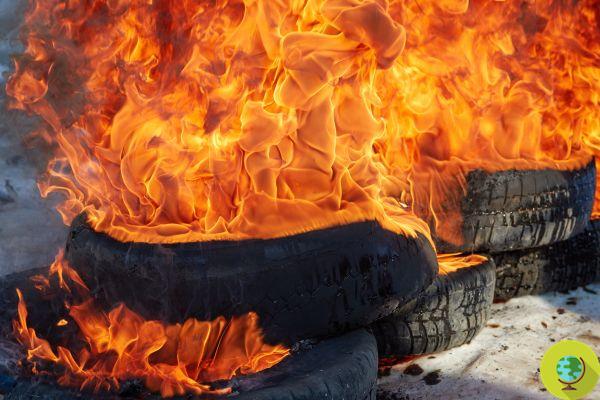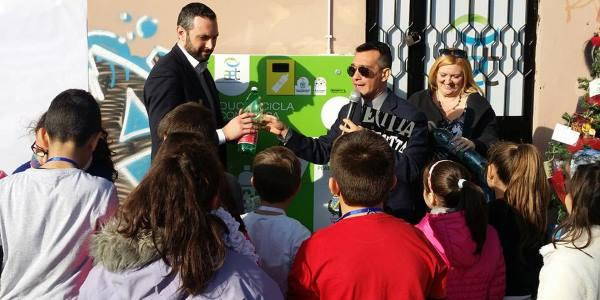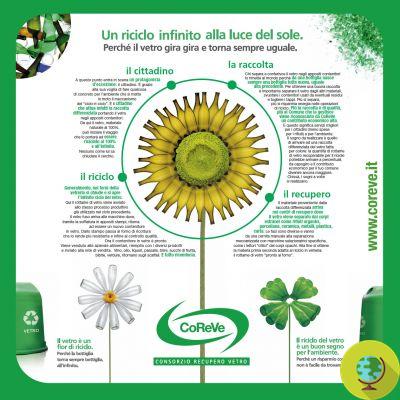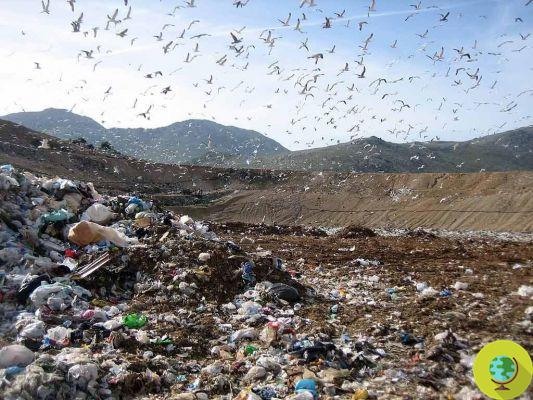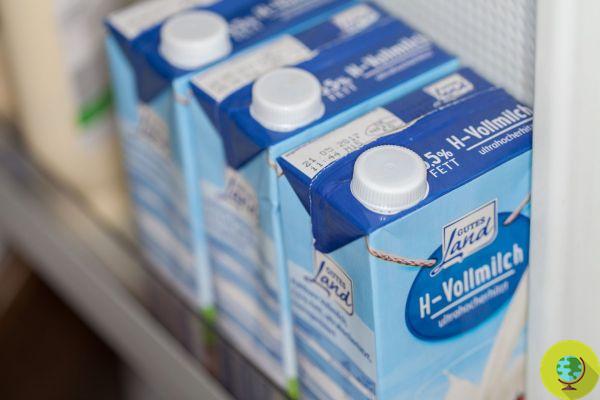
Unfortunately, many people still think that polylaminate packaging, such as that of drinks or the coffee bag, cannot be differentiated, however this is not entirely true.
He is about to end up run over, his mother saves him
Unfortunately, many people still think that polylaminate packaging, such as that of drinks or the coffee bag, cannot be differentiated, however this is not entirely true. Let's answer some doubts in order to reduce their disposal in landfills!
Since polylaminates are made up of several materials, the question arises: if this material is a mix of aluminum, plastic and paper, which bin should it be thrown into? Understanding this is simpler than you might imagine, or at least there are tools that can do it easily. Just follow the rule of the prevailing material, that is, if it has more plastic in the plastic, if it has more paper in the paper and so on.
However, before conferring them, it is always necessary to check how polylaminates are treated in your territory, since the waste management rules change from municipality to municipality. Although for years their post-consumer treatment has been a major recycling problem, due to the expensive and difficult process, now the increased attention to sustainability by institutions and consumers has pushed to find solutions that aim at the recyclability of the products. packaging, and leading to a circular economy.
Index
Polylaminate, recyclable or non-recyclable?
Its complex nature generates doubts, but luckily we have the Junker app available for free on our side, which offers, in a simple and interactive way, accurate and updated information that helps us to correctly sort waste. Just scan the product barcode to access all the geo-localized information on how and where the waste in question is disposed of in your municipality. A true ally to reduce our environmental impact!
Let's see how to differentiate the polylaminates case by case:
Polycouples with plastic prevalence: coffee bag, pet food bags, toothpaste tubes or any such packaging made up mostly of plastic goes almost anywhere in the plastic collection.
Aluminum prevalence polylaminates: some tubes, some types of caps and closures, and other products made with this type of material and composed mostly of aluminum go into the metal collection.
Polylaminate mainly cardboard / cardboard: pastry trays, paper cups and other products made with this type of material and composed mostly of paper go into the paper collection.
Paper prevalence polylaminates: the biscuit bags are polylaminate mostly made of paper, but they must be inserted into the paper container only if they have passed the recyclability test. This is easily accessible information directly on the packaging, with the words “PAPER COLLECTION”. If there is no indication, they must be given in the undifferentiated.
Reading the label, informing yourself not only of the product you are purchasing, but also of the type of packaging (and future waste) that contains it, helps to make a more informed choice.
Is it Tetra Pak®?
Tetra Pak® is the most widespread polylaminate, in fact this packaging can be found in many food products such as milk, fruit juices, sauces and more. But where does it go?
Here, too, the rules regarding its treatment change from municipality to municipality. It usually goes into the paper, being careful to remove the plastic cap; in other cases, however, it is collected in the plastic, to then be separated in the sorting plant and sent for recycling.
With Junker, recycling becomes smart
Doing separate collection is one of the daily actions we can do to safeguard our planet. By doing it we give value to our “waste” making them resources, we save raw materials and energy, we simplify production processes, and we reduce the use of landfills and the consequent CO2 emissions caused by incinerators.
However, to ensure an optimal recycling process, proper separation of residues must be done at home. Knowing the use of the different containers well might seem complex, and for this reason technology comes to our rescue to help us protect the environment. Like Junker, the mobile app that allows us to immediately identify the product to be disposed of, indicating how to differentiate it correctly. Becoming a recycling expert has never been easier, in fact with Junker the recycling is within reach of your smartphone!




